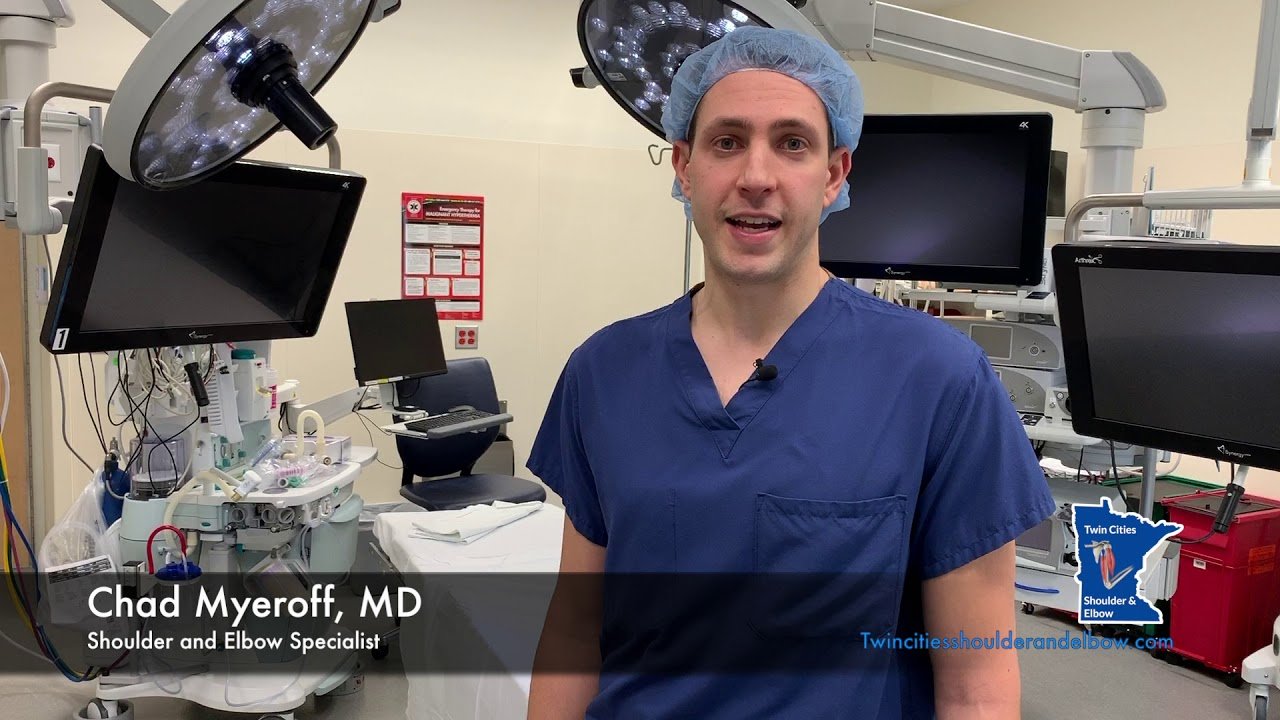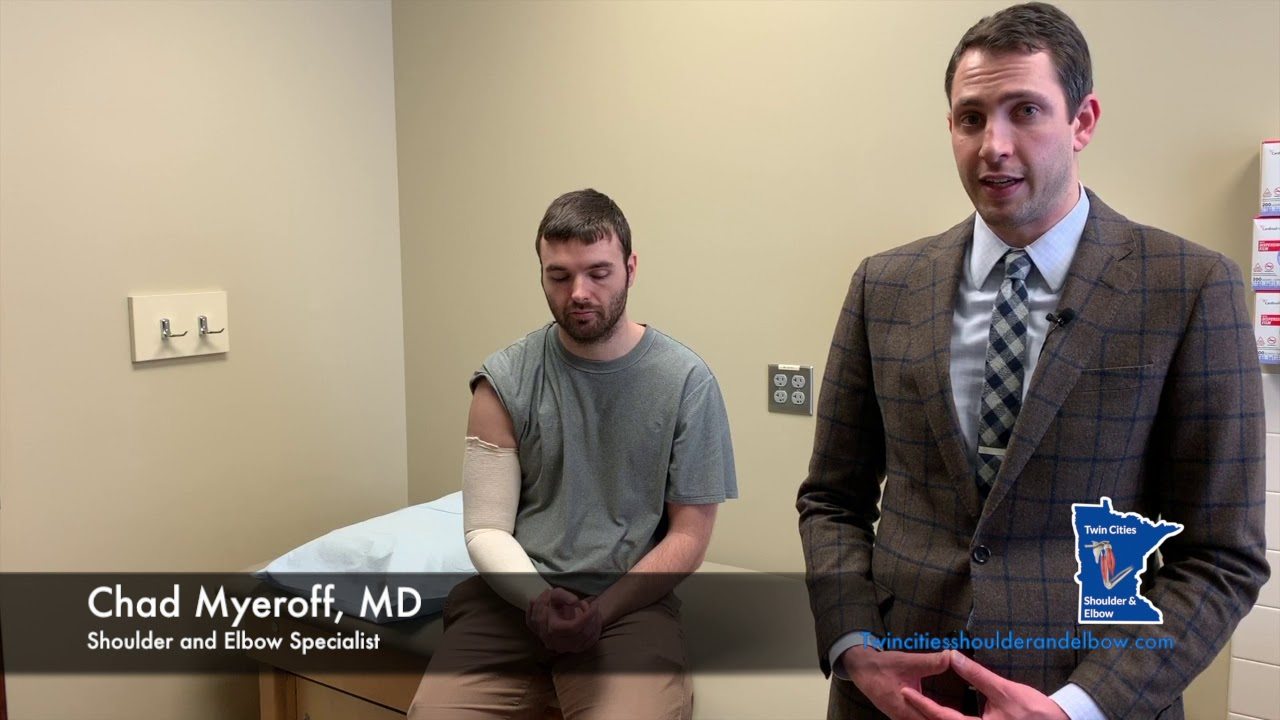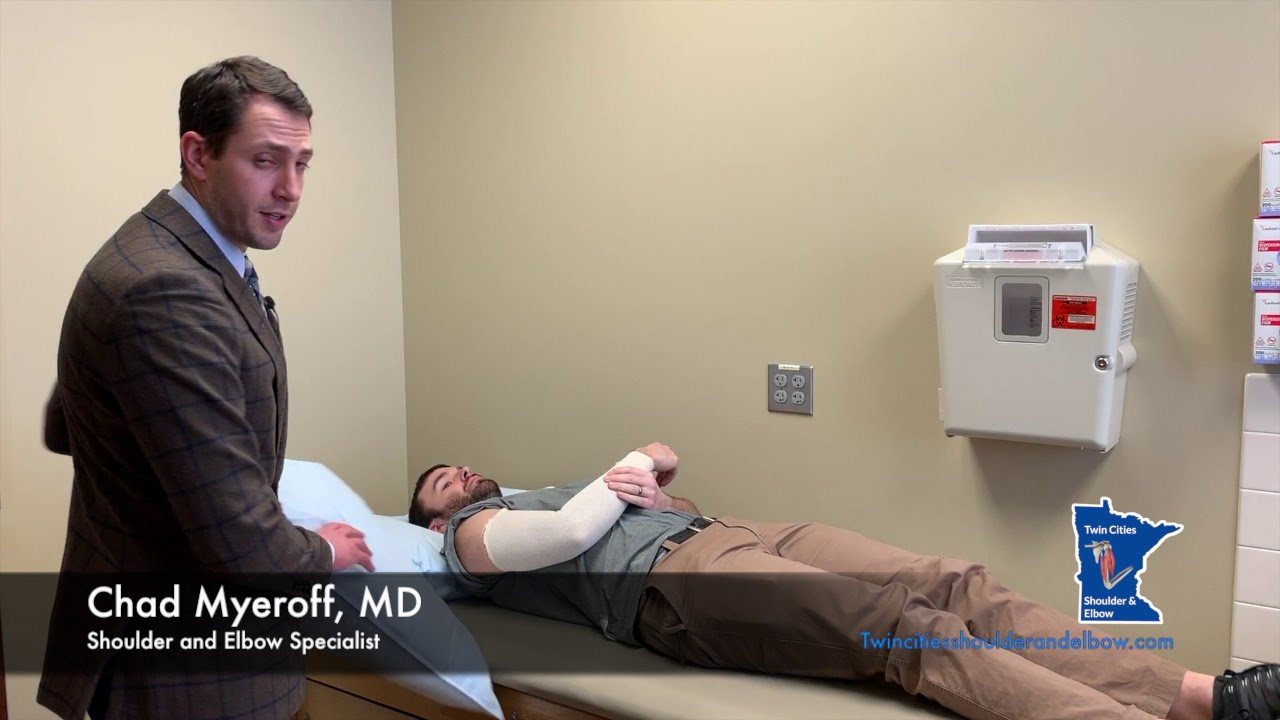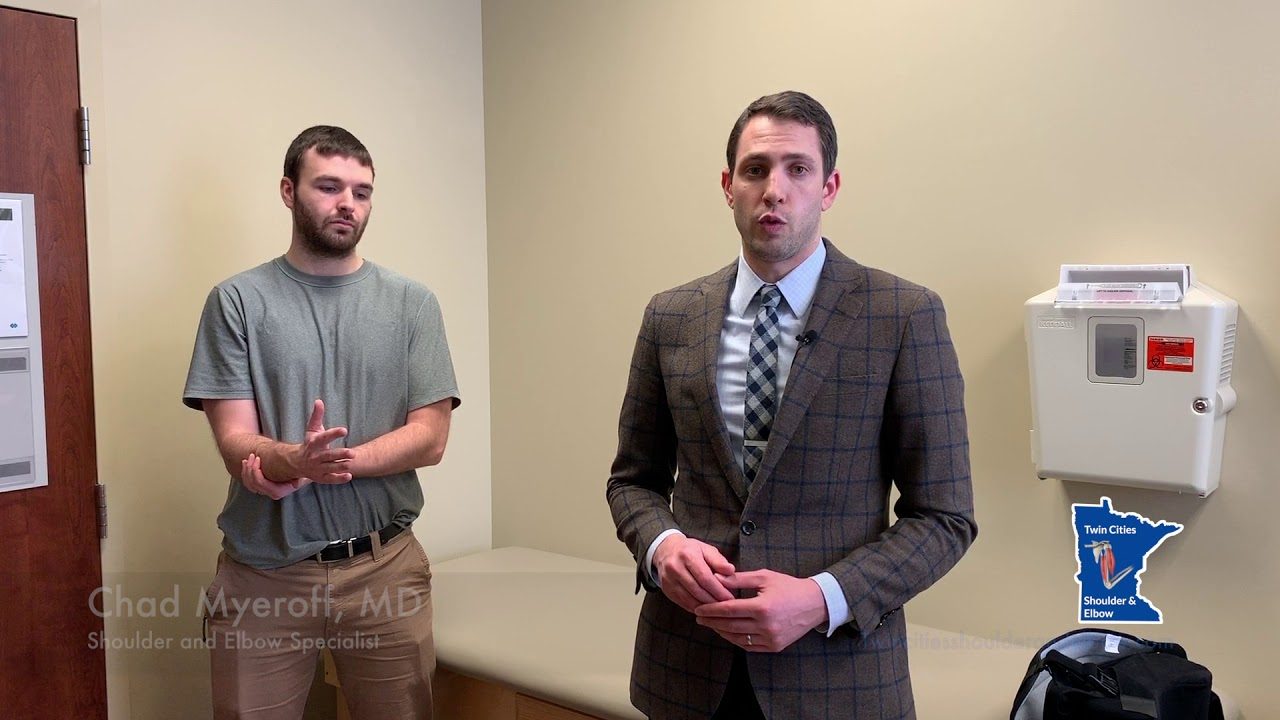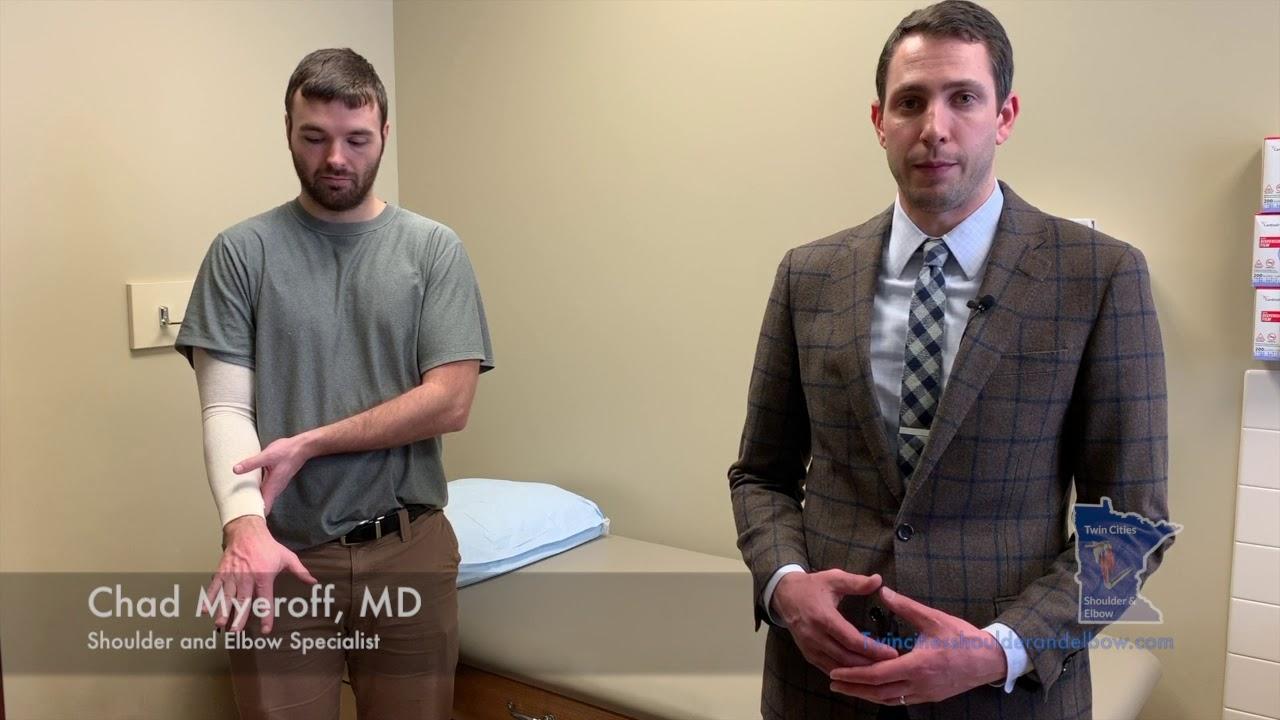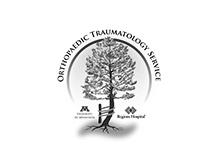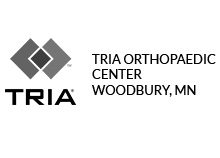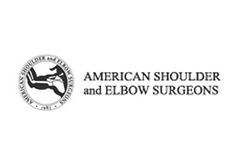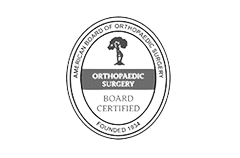Distal Humerus
- Diagnosis
- Non-operative Options
- Operative Options
- Before Your Surgery
- After Your Surgery
- Your Rehab
What is a Distal Humerus Fracture of the Elbow?
The elbow is a region between the upper arm and the forearm. The elbow joint is made up of 3 bones. The distal (lower) end of the humerus bone in the upper arm joins with the radius and ulna bones in the fore arm to form the elbow joint. The elbow joint is very important for the movement of your arms and for coordination of daily activities. Injury in the distal humerus can cause impairment in the function of the elbow joint. Distal humerus fracture is a rare condition which occurs when there is a break in the lower end of the humerus. The treatment of distal humerus fracture aims at restoration of normal anatomy.
Causes of Distal Humerus Fractures
A distal humerus fracture may result due to a fall. This occurs more often when you land directly on your elbow during the fall or when you get struck by a hard object. It can also happen when you fall on your outstretched arm with the elbow locked straight.
Symptoms of Distal Humerus Fractures
Distal humerus fractures are usually very painful. The common symptoms are swelling, bruising, stiffness, tenderness, severe pain and inability to move the arm.
Prevention of Distal Humerus Fractures
Care should be taken while you walk or run and especially while climbing up/down the stairs. This can prevent you from falling and eventually from accidental fractures.
Diagnosis of Distal Humerus Fractures
Distal humerus fractures are generally considered an emergency condition. Your doctor might examine the skin to check for any cuts and feel it to determine the presence of broken bones or injuries. Your doctor might recommend an X-ray examination to determine the depth (intact or broken bones) of the fracture.
Distal humerus fractures can be treated by both non-surgical and surgical methods based on the intensity of the fracture.
If the fracture has not caused displacement of the bone, then your doctor might apply a splint (a casting) and you may be required to wear a sling until complete healing and recovery occurs.
Your doctor might recommend surgery if the fracture has led to the displacement of bone and pieces of the bone have exited the skin. During surgery, the displaced bone or pieces of bone are joined together with the help of metal screws and plates. You may also be given antibiotics to avoid the risk of infection.
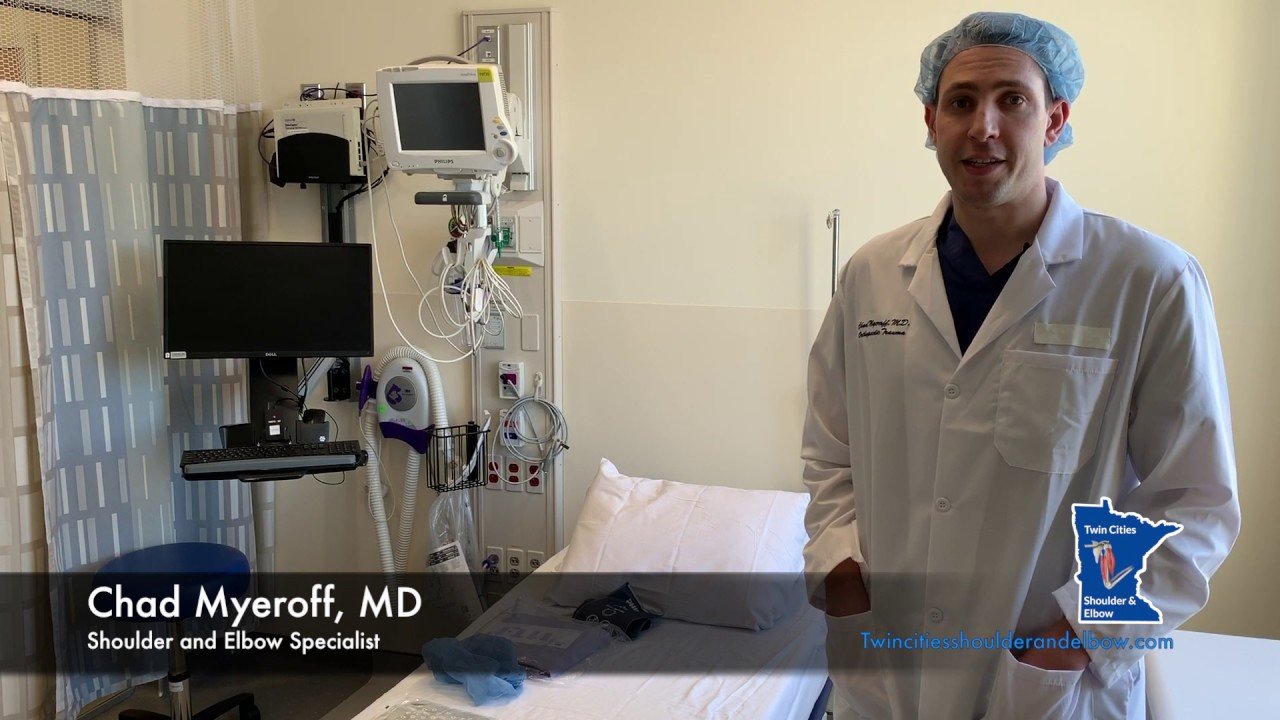
Once you and your doctor decide that surgery will help you, you will need to learn what to expect from the surgery and how to actively participate in the treatment plan for the best results afterward.
Preparing mentally and physically for surgery is an important step toward a successful result. Understanding the process, and your role in it, will help you recover more quickly and have fewer problems.
Before surgery, your doctor will perform a complete physical examination to make sure you don’t have any conditions that could interfere with the surgery or the outcomes.
- Routine tests, such as blood tests and X-rays may be performed.
- Discuss any medications you are taking with your doctor as you may have to stop or alter your intake before surgery. If you are taking aspirin or anti-inflammatory medications or any drugs that increase the risk of bleeding, you will need to stop taking them one week before surgery to minimize bleeding.
- Discuss with your doctor about preparing for potential blood replacement, medical interventions and other treatments prior to surgery.
- Report any infections to your surgeon. Surgery cannot be performed until all infections have cleared up.
- If you smoke, you should stop or cut down as smoking interferes with wound healing and can affect your recovery.
- Have someone available to take you home, as driving is not recommended for at least 24 hours or as advised.
- You may need help with everyday tasks such as cooking, shopping and laundry.
- Put items that you use often within easy reach, so you won’t have to stretch and bend as often.
- After Surgery Video
- Elbow Surgery Recovery Video
- Elbow Elevation Technique Video
Want to know more?
- Physical Therapy Intro Video
- Finger ROM Video
- Protected Elbow ROM Video


